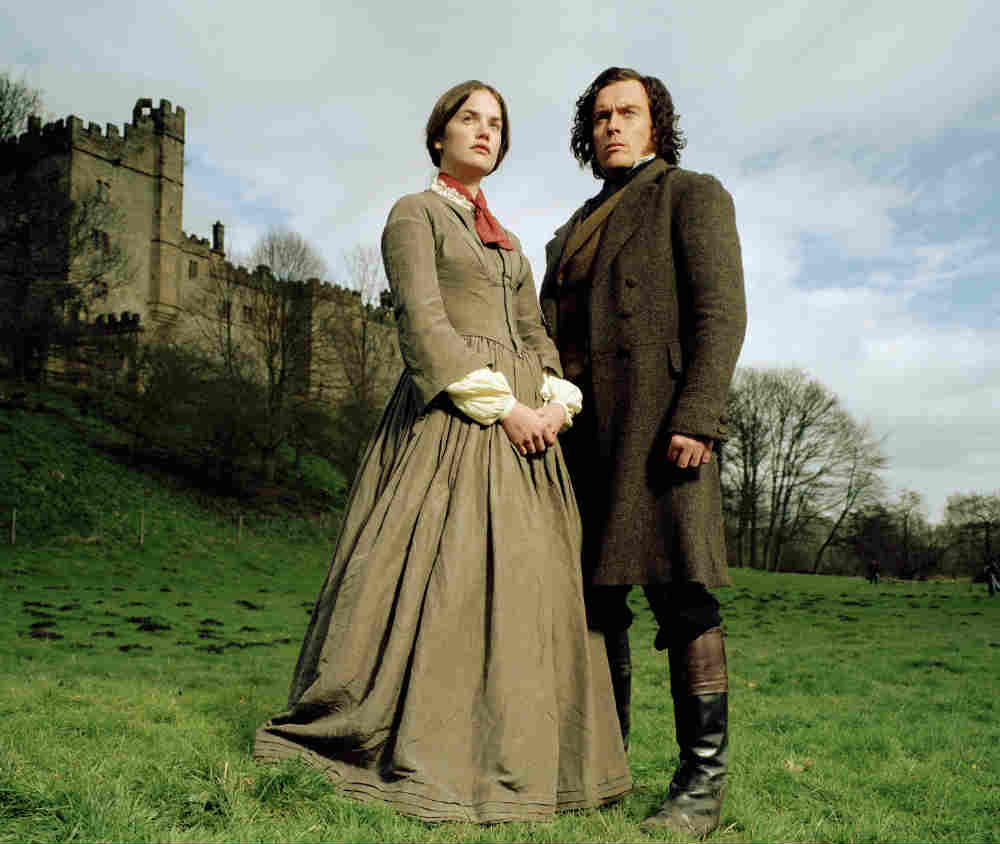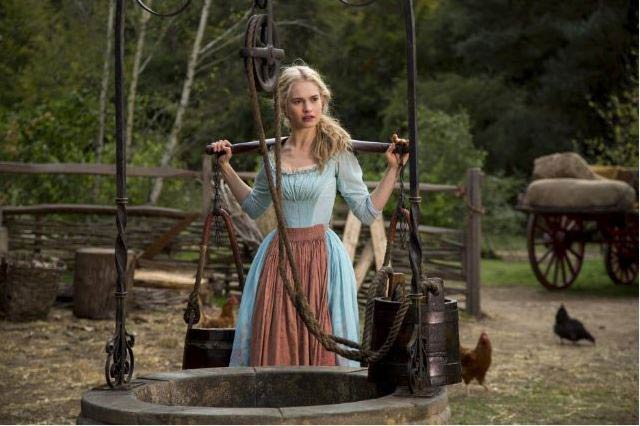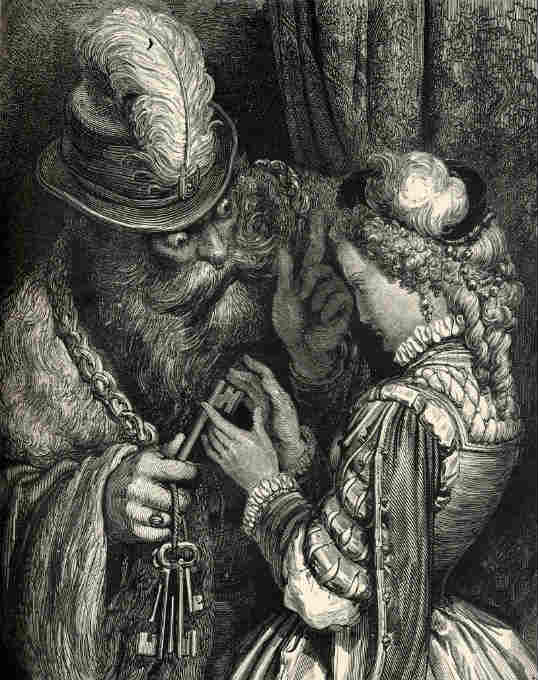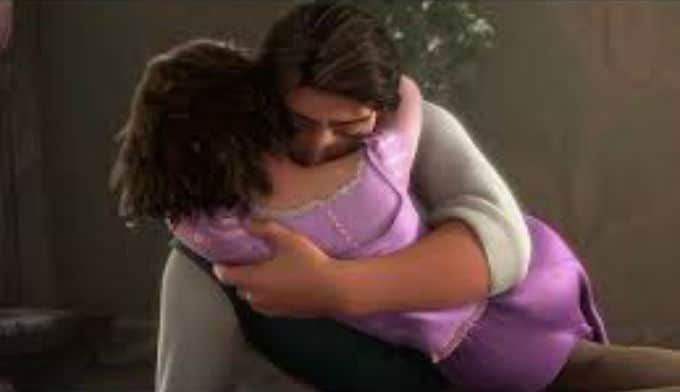
Jane Eyre
Welcome to the second installation in my mini-series on Fairy Tales in Classics. Today we are looking at Charlotte Bronte’s Jane Eyre, first published in 1847. When I read Jane Eyre, I see parallels to a number of fairy tales. Let’s explore each in turn.
Cinderella

At the start of the book, Jane’s relatives, the Reeds, treat her as a Cinderella, with Eliza and Georgiana Reed taking the roles of the Ugly Sisters (with a dash of John Reed as an Ugly Brother). They refer to her as, “less than a servant, for you do nothing for your keep,” she is locked in the “haunted” Red Room and reviled as a “little toad.” She longs to escape Gateshead Hall. Later, we discover that Mrs. Reed kept the knowledge of her uncle John Eyre’s wish to adopt her from Jane, out of mere spite.
However, as in all good fairy tales, the tables eventually turn. Thanks to John Eyre, Jane becomes a wealthy heiress, finds new sisters in Diana and Mary Rivers, and finds her Prince Charming, Mr. Rochester. Like the Ugly Sisters in the tale, Eliza and Georgiana are condemned to miserable lives after their brother John ruins the family.
Beauty and the Beast
Like the Beast in the fairy tale, Mr. Rochester is the Gothic owner of an equally Gothic house. In his first appearance he comes across as mysterious and potentially frightening: emerging out of the mist in the company of a Gytrash – “a lion-like creature with long hair and a huge head.” He is heavy-browed, bad-tempered and moody. Mr. Rochester is a man of many secrets, with a non-too-clean past that forever haunts him. He is the epitome of a figure in need of redemption.
Plain Jane is no Beauty, but from the first never fears Mr. Rochester, instead giving as good as she gets. A clean-living, moral person, she will ultimately provide the redemption he needs.
We also have the incident – similar to the one in Beauty and the Beast – in which Mr. Rochester allows Jane a visit home to her family because Mrs. Reed is dying. When returns, she comes to consider Thornfield Hall as home, and professes her love for Mr. Rochester. But, as in the tale, it may be too late. Things are about to fall apart…
Bluebeard

As in the tale of Bluebeard, Thornfield Hall has a secret, forbidden chamber that reveals the terrible truth about Mr. Rochester’s previous wife. It may not contain dead bodies, but it is certainly a “bloody chamber,” as Angela Carter called it. The insane Bertha Mason attacks and bites both Mr. Rochester and her brother, Mr. Mason. Mr. Mason, who we find weak and bleeding, tells us: “She sucked the blood: she said she’d drain my heart.” The discovery also means the death of Jane’s marriage. She flees Thornfield Hall in despair.
In the original tale, Bluebeard’s new wife is saved by her brothers. In Jane Eyre, her cousin St. John Rivers wants to be her salvation. But Jane can only find true happiness in the arms of her true love, Mr. Rochester.
Rapunzel

The ending of Jane Eyre mirrors the ending to Rapunzel. In Rapunzel, the prince is thrown from the tower by the witch and blinded by thorns. Rapunzel is also sent into exile, her long mane of hair brutally chopped off in shame. But the young lovers continue to seek each other. In Jane Eyre, Mr. Rochester struggles with mad Bertha on the roof of a burning Thornfield Hall. While she is the one who falls to her death, he is blinded by the flames. Jane is in exile, driven away in shame by the near-adultery she has committed. But nonetheless, the lovers call out to each other and, mystically, hear each others voices.
Jane eventually finds Mr. Rochester at Fearndean manor, an overgrown and desolate place that mirrors the forest where the Prince lives for two years, eating grass and roots. Mr. Rochester likewise has neglected to care for himself. Jane’s return restores him. And like the prince, whose blindness is cured by Rapunzel’s tears, Mr. Rochester also regains some of his sight, enough to look upon his first-born son and “see that the boy had inherited his own eyes, as they once were – large, brilliant and black.” A truly happy ending.
Do you see any other fairy tales in Jane Eyre? Sound off in the comments.
All quotations taken from: Charlotte Bronte, Jane Eyre (London: Penguin Classics, 1985)
ARE YOU A ROMANCE FAN? FOLLOW THE SILVER PETTICOAT REVIEW:
 Our romance-themed entertainment site is on a mission to help you find the best period dramas, romance movies, TV shows, and books. Other topics include Jane Austen, Classic Hollywood, TV Couples, Fairy Tales, Romantic Living, Romanticism, and more. We’re damsels not in distress fighting for the all-new optimistic Romantic Revolution. Join us and subscribe. For more information, see our About, Old-Fashioned Romance 101, Modern Romanticism 101, and Romantic Living 101.
Our romance-themed entertainment site is on a mission to help you find the best period dramas, romance movies, TV shows, and books. Other topics include Jane Austen, Classic Hollywood, TV Couples, Fairy Tales, Romantic Living, Romanticism, and more. We’re damsels not in distress fighting for the all-new optimistic Romantic Revolution. Join us and subscribe. For more information, see our About, Old-Fashioned Romance 101, Modern Romanticism 101, and Romantic Living 101.


wow!